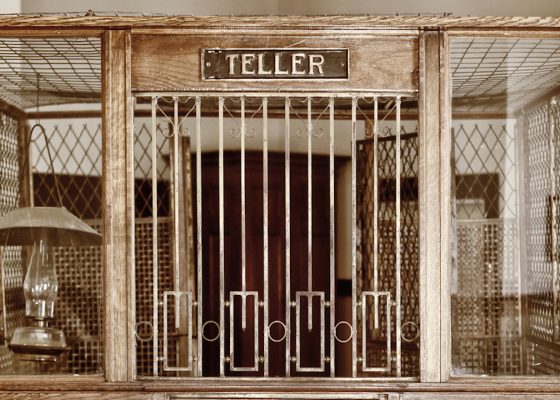Even Local Health District systems can’t talk to the LHD next door, say experts. Time to get rid of ‘those nonsenses’.
Patient expectations for data sharing are expanding, and it’s time for the healthcare sector to adopt an interoperability culture, say experts.
Speaking at yesterday’s Connect Care Confidence 2025 Summit, run by the Australian Digital Health Agency, chief medical information officer for Western Sydney Local Health District, Associate Professor Naren Gunja said public hospital clinicians spent too much time chasing private data, like pathology and radiology, which are often stored in different systems.
“It’s not just about getting the right information but getting it at the right place.”
But the information-sharing barrier was not just between primary care and the hospital system, but also jurisdictionally, he said.
Head of general practice at the Sydney School of Medicine, University of Notre Dame Professor Charlotte Hespe said that these boundaries existed on all scales.
“It’s not just the boundaries with states, because within my own state of New South Wales each LHD has a system that doesn’t talk to the system next door,” she said.
“So where my practice is located, we are on the boundary of four different LHDs, and it makes it incredibly difficult.
“Why should my patients understand that they’ve accessed part of NSW Health that happens to have a completely different health record and system because they’ve happened to move to a different hospital.
“We’ve got to get rid of all of those nonsenses.”
Board director for the not-for-profit data sharing standards development organisation Health Level Seven International Reuben Daniels said the challenge with interoperability was people, not technology.
“I see interoperability really as a pursuit,” he said.
“It’s not really getting from A to B … [it’s] a culture or state of mind that the health system really needs to adopt.
“It is a key enabler for any healthcare system.”
Related
He said the expectation from patients was beginning to extend to having health information accessible internationally.
“Interoperability is very difficult to achieve without good standards that can lead to standardisation in this space,” he said.
“Key among the efforts internationally is, of course, the International Patient Summary, which is a FHIR specification which summarises key information specifically to address cross border sharing.
“We’ve started work on this now in Australia as well, and we’ll be joining others like Canada and the UK and even New Zealand to develop our own patient summary, which will then hopefully be interoperable with other nations who adopted the same standard.”
Professor Hespe said that interoperability in primary care was the “bottomless pit question”.
“The computer says no … that’s the GP experience of trying to access the public health system,” she said.
“It seems crazy when we’re there to do the same thing, we’re there to deliver really good, patient centered, quality care.
“I get told all the time why GPs should be keeping patients out of hospital.
“Yep we should, I 100% agree. So, give me the data, give me access to the information so we can actually try and make sure that we are on the same page.”
Professor Hespe said she hoped for a future without siloed care which allowed her to provide safe, quality healthcare.
“We work in a very, very fragmented system at the moment, everybody is the boss of their own little system and they don’t really want to give up the power,” she said.
“My dream is that my patient and I don’t know that it was once hard, because [the data] is all there.
“I can open up my patient electronic record, and I’ve got little notifications that let me know that things have happened.
“I can go and find the results of the tests that were done at the hospital 100 kilometers away as easily as the hospital that’s only a kilometer away, as easily as the non-GP specialist that they saw two weeks ago.
“And I also know the medicines that were dispensed by their community pharmacy a week ago.”
The session’s facilitator, chief digital officer of the ADHA Peter O’Halloran was concerned by the labour required of clinicians and patients to access information.
“I think if consumers knew how fragmented the health system was, they’d be horrified,” he said.
“As a technologist, can I say I’m horrified with what we put clinicians and consumers through every day.
“It is it is not ideal, but it is getting better.”



